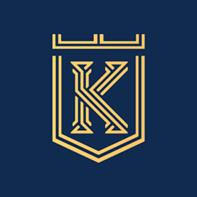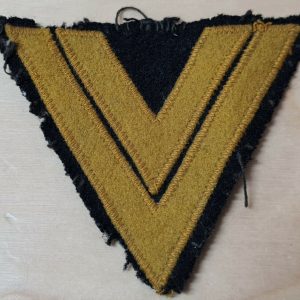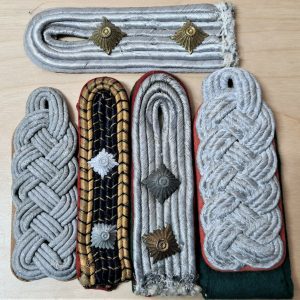SOLD
- You cannot add "WW2 GERMAN NCOS' WHISTLE LANYARD 2" to the cart because the product is out of stock.
WW2 GERMAN N.S.D.A.P. S.A. ARM BAND BEVO WOVEN ON WOOL
Late 1930s N.S.D.A.P/SA wool arm band. BEVO woven swastika sewn onto a separate white background, showing some loss of black thread to cross arms, but still good. The arm band has some very light moth tracking, fading to front and removed eagle top right hand corner showing shadow. Otherwise otherwise is in good condition. Measures 20cm wide. Probably one of the most recognizable pieces of insignia associated with the Nazi regime is the swastika armband. Utilized by pretty much by all the organization of the Third Reich in one form or another. The swastika, (a Sanskrit word meaning “well being”),...
$195.00
SOLD
Late 1930s N.S.D.A.P/SA wool arm band. BEVO woven swastika sewn onto a separate white background, showing some loss of black thread to cross arms, but still good. The arm band has some very light moth tracking, fading to front and removed eagle top right hand corner showing shadow. Otherwise otherwise is in good condition. Measures 20cm wide.
Probably one of the most recognizable pieces of insignia associated with the Nazi regime is the swastika armband. Utilized by pretty much by all the organization of the Third Reich in one form or another. The swastika, (a Sanskrit word meaning "well being"), is an ancient symbol that was utilized in numerous diverse cultures and signified both the cycle of life and the sun. The swastika was also a Nordic rune and the pagan Germanic symbol for Thor, God of Adventurers. During WWI the swastika began to represent national and anti-Semitic leanings in such organizations as the Thule society and other German nationalistic movements and later, assorted Freikorps groups. In the midsummer of 1920 Hitler adopted the swastika as the premier symbol of the NSDAP. In "Mein Kampf", Hitler states that although numerous party members had proposed the swastika and red, black and white as the party emblem and colors it was he himself who came up with the final design.
| Weight | 0.2 kg |
|---|---|
| Dimensions | 15 × 5 × 5 cm |







